Lemurs are a group of highly diverse primates found on the island of Madagascar. Though they are primates, and a close resemblance, they are not considered monkeys. Instead, lemurs developed apart from monkeys and apes, and they are actually more closely related to lorises and bush babies. Read on to learn about the lemur.
Description of the Lemur
There are almost 100 different species of lemur, and each is different from the next. Some species are black and white, some have black rings on their tails, and some have burnished orange fur.
In general, they have long limbs used for climbing and jumping, and nails instead of claws. Most species have a long tail to match their long limbs, and some are adapted to travelling on the ground as well as in the trees.
Interesting Facts About the Lemur
Lemurs are incredibly interesting and diverse creatures. There are almost 100 different species, and they are only found on the island of Madagascar! They have some very unique anatomy and adaptations.
- Toilet-Claw – Lemurs possess an odd, compressed fingernail called a “toilet-claw.” Yes, we said toilet-claw! This claw can be found on a number of different primate species, and is used for grooming and parasite removal.
- Rhinarium – All members of the strepsirrhine primate suborder (lemurs, bush babies, lorises, and pottos) have a wet nose. This wet nose, called a “rhinarium,” is naked skin that is self-moistened. This structure is also seen in pet dogs and cats, as well as other animal species.
- Tell-Tail Sign – One easy way to tell lemurs are not monkeys is to take a close look at their tails. While their tails are long and moveable, they are not prehensile. Monkeys have prehensile tails that they can use as a third limb, lemurs’ tails cannot be used to grab onto objects, but simply help the animals balance.
- Baby Blues – Lemurs are the only known animals in the primate family, besides humans, that are known to have blue eyes. Sclater’s lemurs have striking blue eyes, a characteristic that is not seen in other primates.
Habitat of the Lemur
There are a huge variety of lemurs, and they take advantage of many different ecological niches. An ecological niche is an animal’s “place” in the ecosystem. For example, one lemur species eats nectar from flowers, while another eats insects instead.
The highest populations of lemurs are found in tropical rainforests of Madagascar, but they are also found in dry forests on the opposite coast.
Distribution of the Lemur
Lemurs are found only on the island of Madagascar, off the coast of Africa. Before human colonization, they lived across the entire island. Sadly, when humans moved to Madagascar they destroyed their environment and pushed them out of their natural range. Now, lemurs are found on the western coast of Madagascar, the northern and southern tips, and a strip of eastern forest.
Diet of the Lemur
Different lemur species take advantage of different food sources. Smaller species tend to feed on insects and fruit most often. Larger species are more likely to be herbivores, and they feed on plant material primarily.
They are known to feed on 82 different species of native plants, and 17 species of invasive plants. When food is scarce, lemurs are known to feed on virtually anything edible, including small vertebrates.
Lemur and Human Interaction
Humans have been decimating lemur populations since the day we set foot on Madagascar. Lemurs are hunted as bushmeat, and illegally captured for the pet trade. Deforestation may be the greatest threat to to this animal’s survival. More and more lemur habitat is cut down, as farming and urbanization of Madagascar continue.
The human population of Madagascar, while increasing, is very impoverished. This can lead to difficulty with setting conservation efforts into motion, especially when habitat destruction means profits for those involved.
Domestication
Lemurs have not been domesticated in any way.
Does the Lemur Make a Good Pet
Lemurs do not make good pets for the average person. Many species have a highly specialized diet, making them difficult to care for. They require lots of safe exercising space, and can be quite destructive in a house. Lemurs are commonly taken from the wild for sale in the pet trade, causing populations to decrease.
Lemur Care
In zoos, lemurs are provided with lots of enclosure space for exercise. They are given plenty of climbing opportunities on a variety of substrates, like branches and ropes. As intelligent creatures, they must also be provided with environmental enrichment like puzzle toys, ice treats, training, and more.
Each species requires a slightly different diet, but for the most part they are fed commercially produced primate biscuits, fresh fruits and vegetables, and leaves to browse on.
Behavior of the Lemur
Different species of lemur have very different behavior patterns. Some lemurs are nocturnal and most active at night, and others are diurnal and mainly active during the day. Certain species spend more time up in the trees (arboreal), while other species prefer living on the ground. Most lemurs are social in some way. Some species will forage alone but sleep in groups, others remain in groups at all times.
Reproduction of the Lemur
Most species of lemur reproduce so that the young will be born and weaned when food is readily available. They use scent marking to show their receptiveness to mating, and some species are monogamous, while others will mate with multiple partners.
Gestation varies by species, with some as short as 9 weeks, and others as long as 24 weeks. The number of babies born also varies by species, usually ranging from 1 – 3 per litter. The mother will either carry her young on her back or stomach, or leave them hidden in the trees while she searches for food. The young of each species wean and leave their mothers at different ages.
Beliefs, Superstitions, and Phobias About the Lemur
The people of Madagascar view one species of lemur, the aye-aye, as a bad omen. The aye-aye has a gremlin-like face and long narrow fingers, giving it a quite creepy look. The third finger on their hands is especially long and narrow. This strange looking finger is used to tap on the trunks of trees to search for burrowed insects.
Unfortunately the native people believe that if an aye-aye points at you, it means certain death. Some tales even contend that the aye-aye will enter your home at night and pierce your heart with its long finger. Sadly, this can lead to retaliation by killing aye-ayes, but deforestation and poaching are much more prominent dangers.

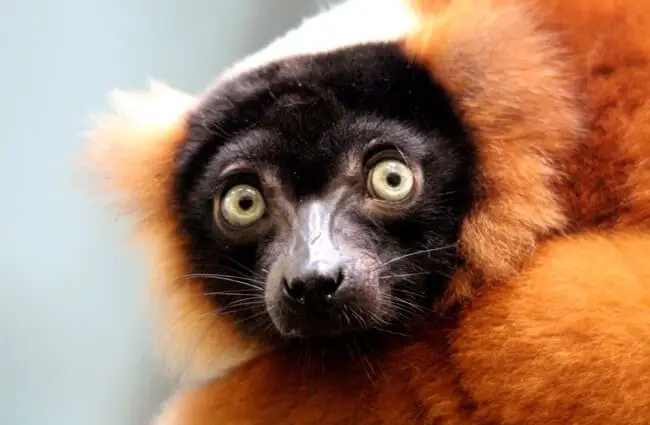
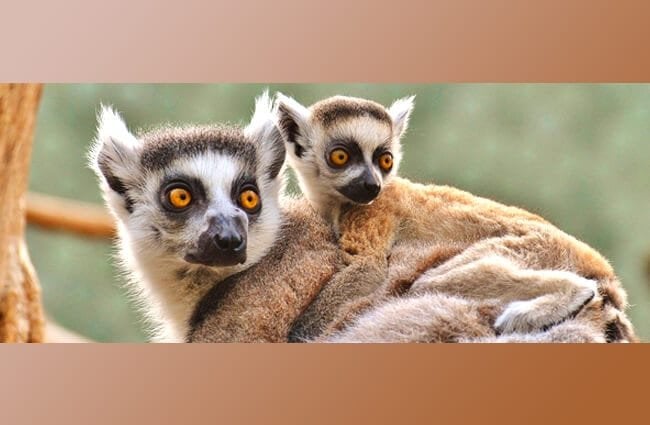
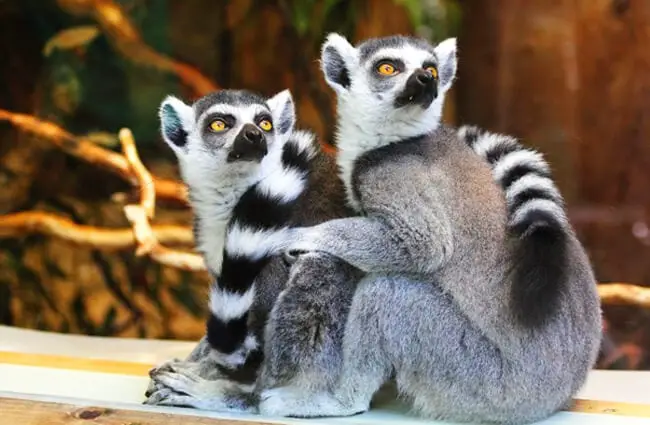
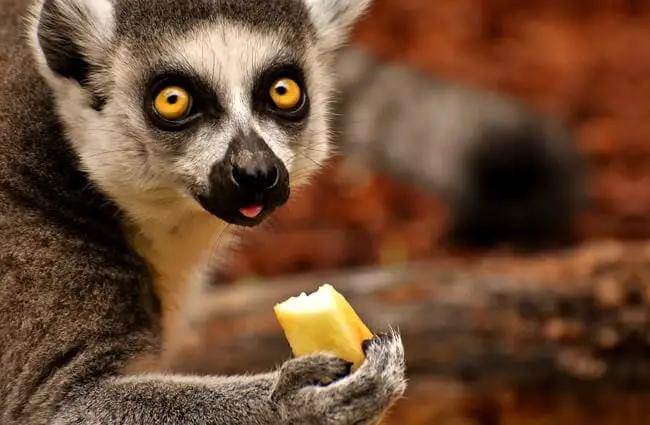
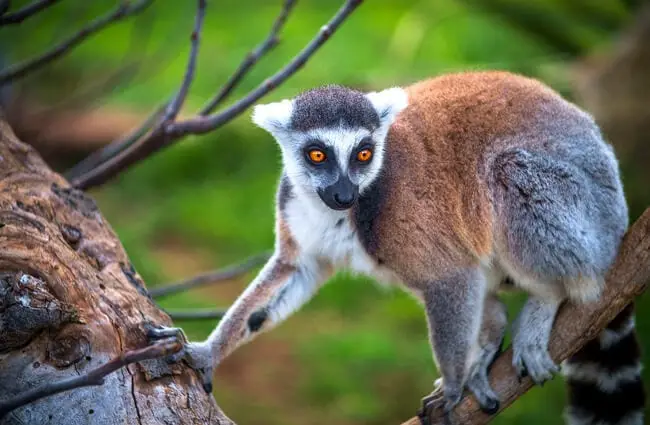







![Red Angus Closeup of a beautiful Red Angus cowPhoto by: U.S. Department of Agriculture [pubic domain]https://creativecommons.org/licenses/by/2.0/](https://animals.net/wp-content/uploads/2020/03/Red-Angus-4-238x178.jpg)












![Red Angus Closeup of a beautiful Red Angus cowPhoto by: U.S. Department of Agriculture [pubic domain]https://creativecommons.org/licenses/by/2.0/](https://animals.net/wp-content/uploads/2020/03/Red-Angus-4-100x75.jpg)

